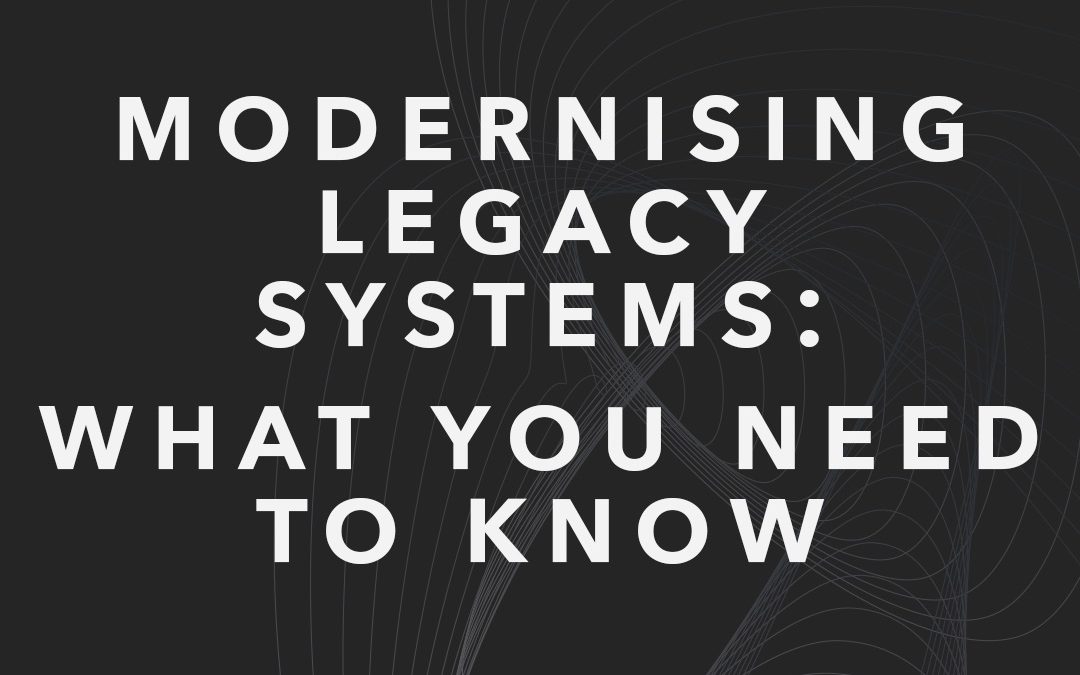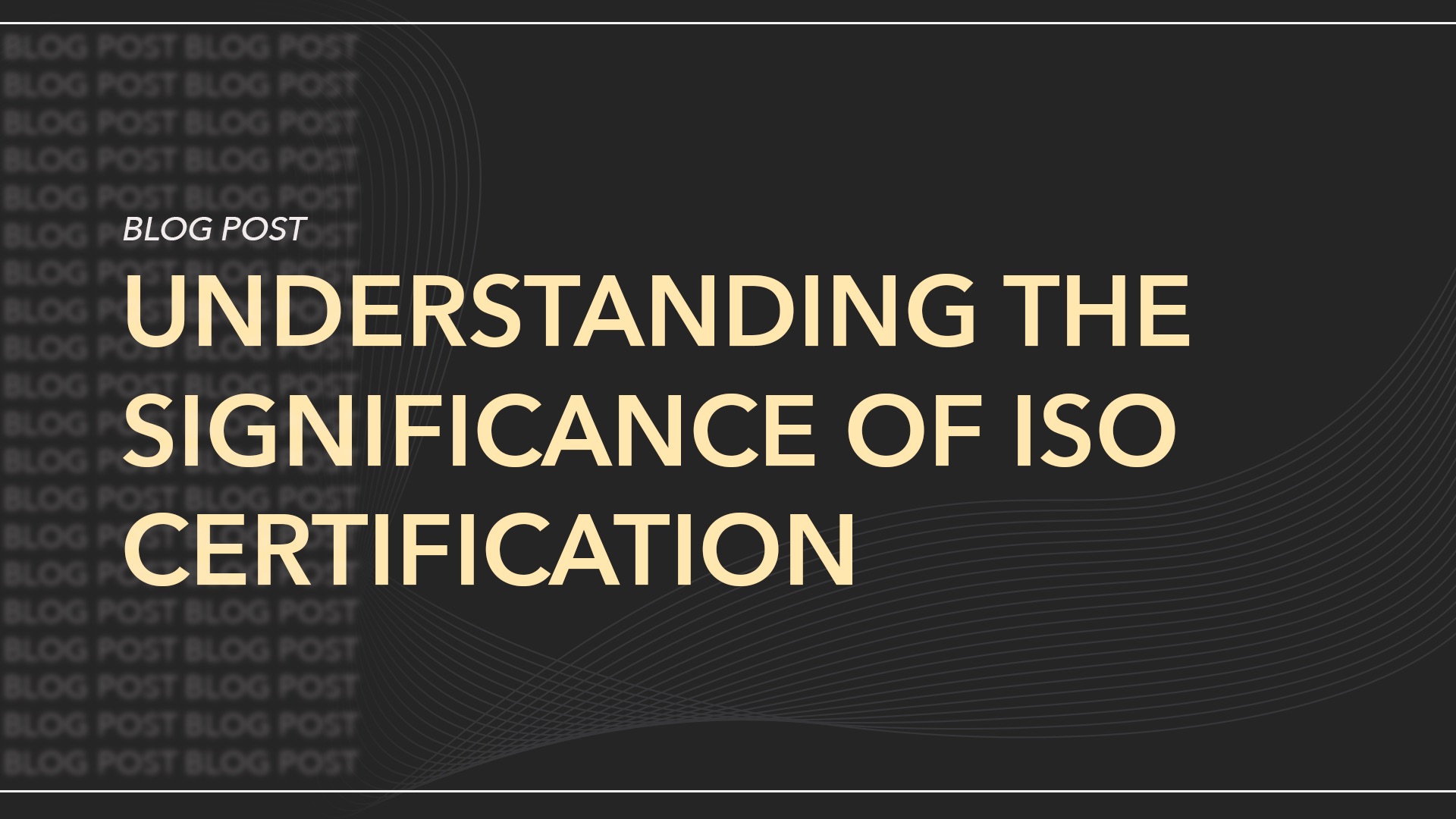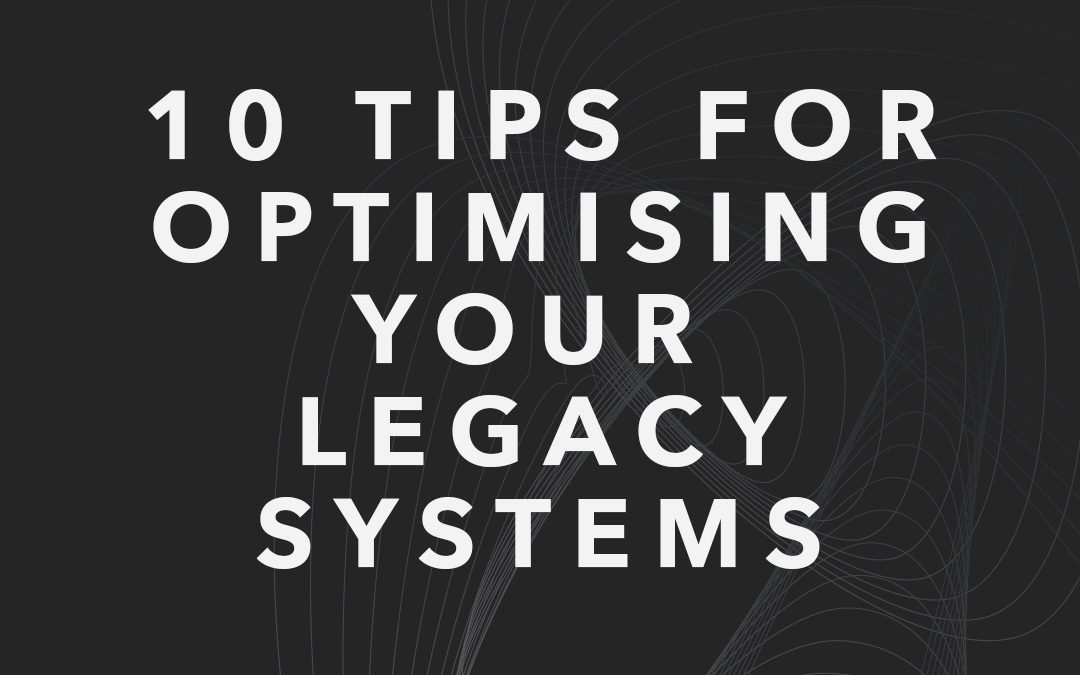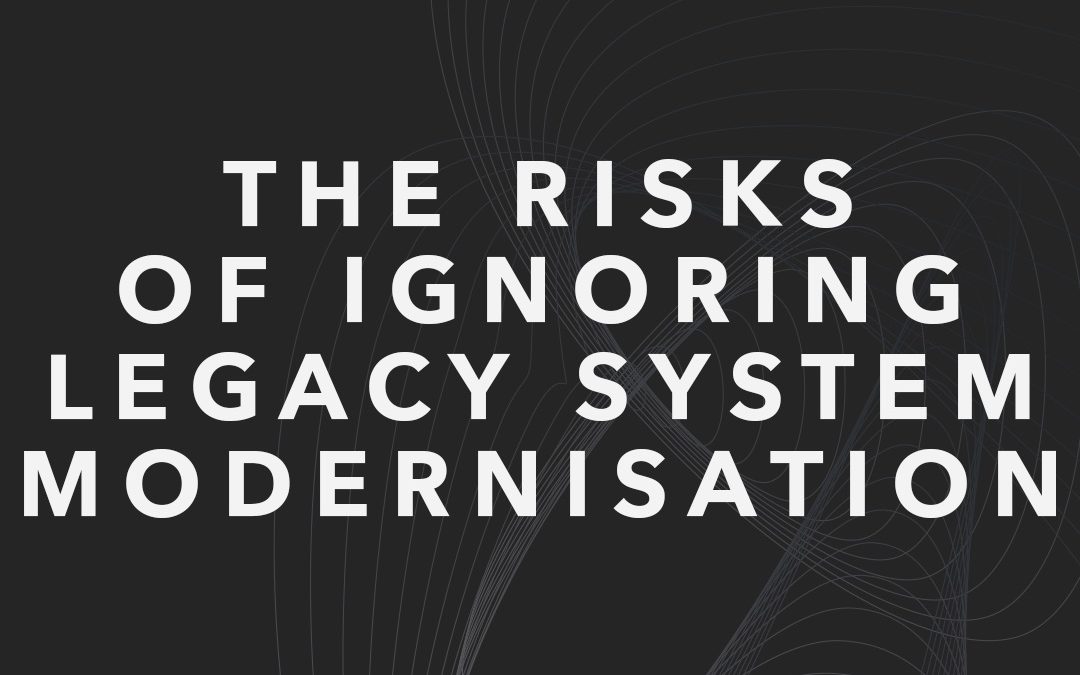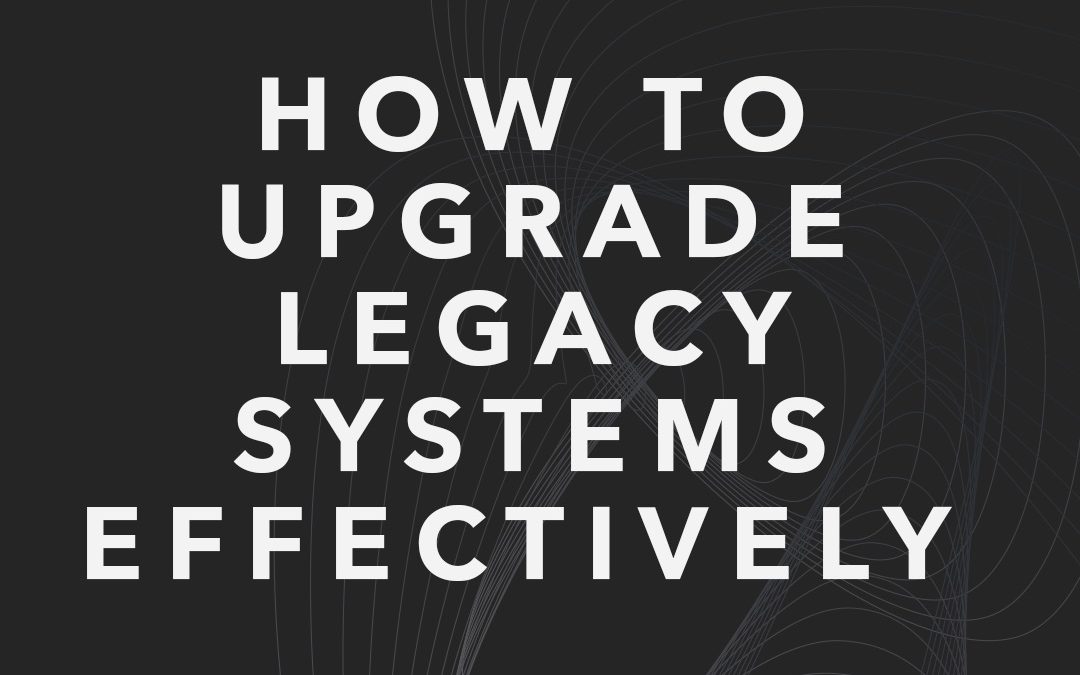
How to Upgrade Legacy Systems Efficiently
How to Upgrade Legacy Systems Efficiently
Legacy systems may have once been the backbone of your organisation, but as technology advances, these systems can become outdated and inefficient.
Modernising your infrastructure can offer a pathway to improve performance and reduce costs.
This blog post will explore the reasons to modernise, strategies to implement, and the benefits of upgrading to a more efficient system.
What is System Modernisation?
System modernisation is the process of updating outdated software and hardware to improve efficiency, performance, and compatibility with modern business needs. Over time, technology evolves, and what was once state-of-the-art can become a hindrance.
Legacy systems often lack the flexibility and speed of today’s business environment.
By modernising your systems, you ensure your business can leverage the latest innovations in technology to stay competitive and meet customer demands. Whether cloud migration, software updates, or integrating new digital tools, modernisation plays a crucial role in maintaining operational efficiency.
Why Modernise Legacy Systems?
Increase Efficiency and Performance
One of the primary reasons to modernise is to enhance the overall efficiency of your business operations.
Legacy systems can slow down processes, reduce productivity, and create bottlenecks.
By upgrading to more modern systems, you can streamline workflows, improve communication across departments, and enhance the speed of data processing.
Modern systems also allow for better integration of digital tools that can automate repetitive tasks, further boosting efficiency.
Reduce Operational Costs
Operating outdated systems often incurs higher maintenance costs due to the need for regular repairs, updates, and custom patches.
Modernising your systems reduces these ongoing expenses by offering more reliable and scalable solutions.
With fewer breakdowns and a more efficient infrastructure, you can allocate resources more effectively and focus on growth.
Additionally, modern systems often come with built-in energy-saving features that lower operational costs even further.
Key Strategies for Effective System Modernisation
Evaluate Current Infrastructure
Before diving into the modernisation process, it’s crucial to assess your current infrastructure.
Understanding which components are outdated and which still provide value will help you develop a cost-saving strategy.
An audit of your systems will identify any limitations or vulnerabilities, giving you a clear roadmap for necessary upgrades.
This evaluation can also uncover areas where you can optimise performance without a complete overhaul, saving both time and money.
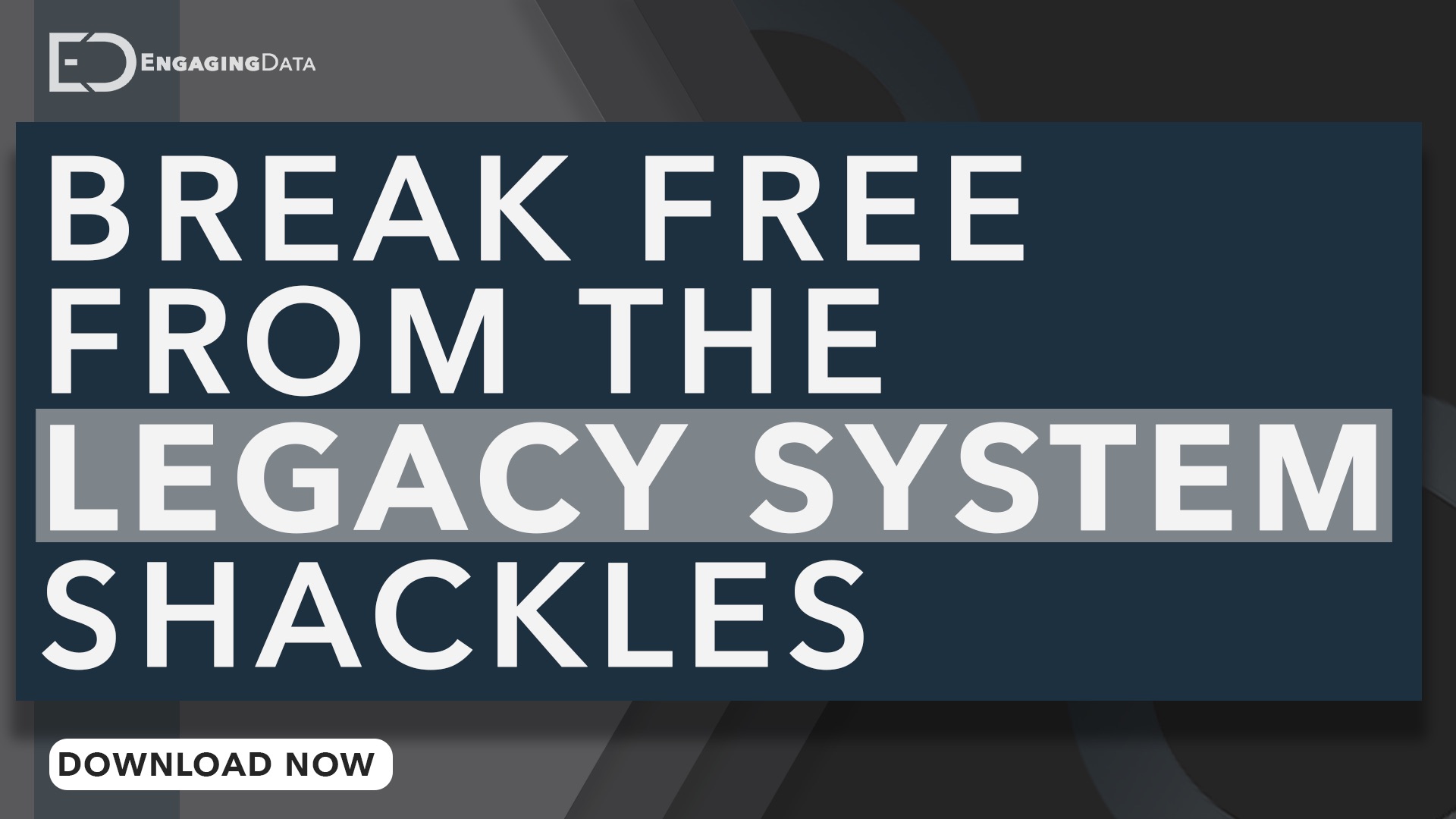
Do you want a full Legacy System audit?
Well, fill out our Legacy System Review Form.
It only takes 5 minutes and could change your business for years to come!
Invest in Scalable Technologies
One key to successful modernisation is choosing technologies that can scale with your business.
Rather than implementing short-term solutions that may soon need replacing, focus on investing in scalable software and hardware.
Cloud-based systems, for example, offer flexible scalability and lower upfront costs.
Scalability ensures your systems grow alongside your business needs, reducing the need for frequent upgrades.
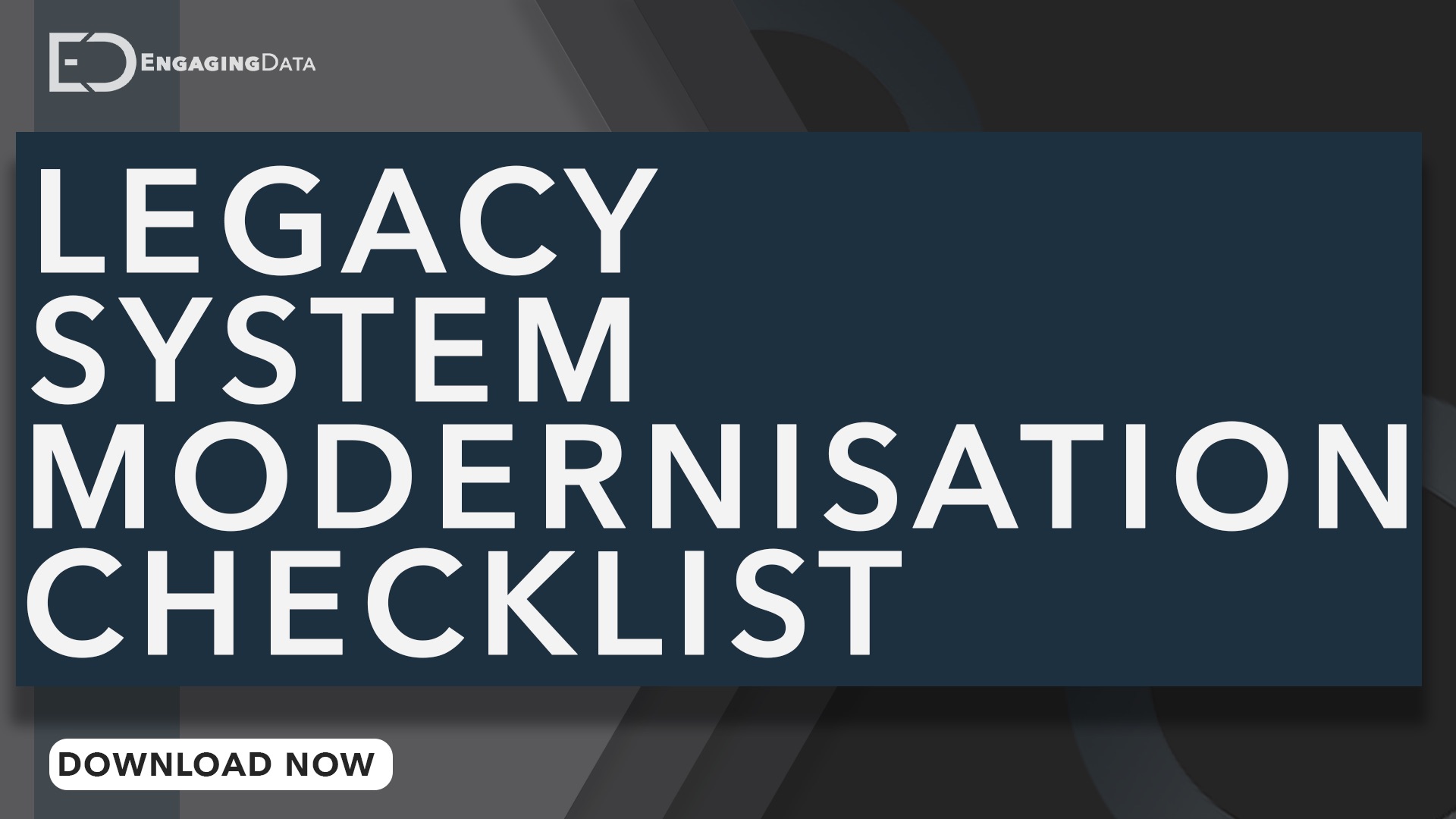
Want more insight?
Download our Legacy System Modernisation Checklist!
Common Challenges and How to Overcome Them
Data Migration Risks
Data migration is one of the most critical and challenging aspects of system modernisation.
This risk of data loss, corruption, or prolonged downtime can make businesses hesitant to start the process.
To minimise risks, ensure proper backup systems are in place before beginning the migration.
Partnering with experienced professionals or using automated migration tools can also reduce the likelihood of errors, ensuring a smooth transition.
Integration with Existing Systems
Another common challenge is integrating new systems with your existing infrastructure.
Often, legacy systems have custom-built functionalities that aren’t easily compatible with modern solutions.
This can lead to downtime or the need for costly custom integrations.
To address this, consider the adoption of modular systems or APIs that allow for easier integration.
Working with an experienced IT Team can also help ensure a seamless connection between old and new systems.
Benefits of System Modernisation
Future-Proofing Your Business
Modernisation doesn’t just solve current inefficiencies; it also positions your business for future success!
By upgrading to new, more adaptable systems, you can better accommodate new technologies and market trends as they emerge.
Future-proofing through modernisation helps you stay competitive, ensuring that your business can meet evolving customer expectations and industry demands.
Enhanced Security Measures
Legacy systems are often more vulnerable to cyberattacks and data breaches due to outdated security features. Modernising your systems can significantly enhance your security posture by incorporating advanced security protocols, encryption, and monitoring tools.
These features help safeguard sensitive data and reduce the risk of cyber threats, offering peace of mind for both you and your customers.
Conclusion
System modernisation is a crucial investment for businesses aiming to increase efficiency, reduce costs, and secure a competitive edge.
By upgrading legacy systems, adopting scalable technologies, and addressing common challenges, your business can stay ahead in an ever-evolving digital landscape.
Start the modernisation process today to future-proof your business for long-term success.
Ready to transform your outdated systems and boost efficiency?
Schedule a call with our experts today to explore how modernisation can future-proof your business.
Let’s build a more streamlined, scalable infrastructure together!
Click below to get started!

